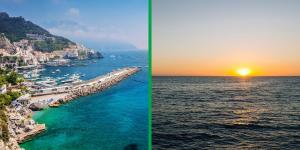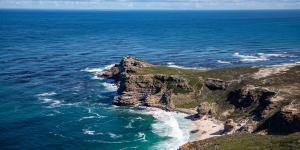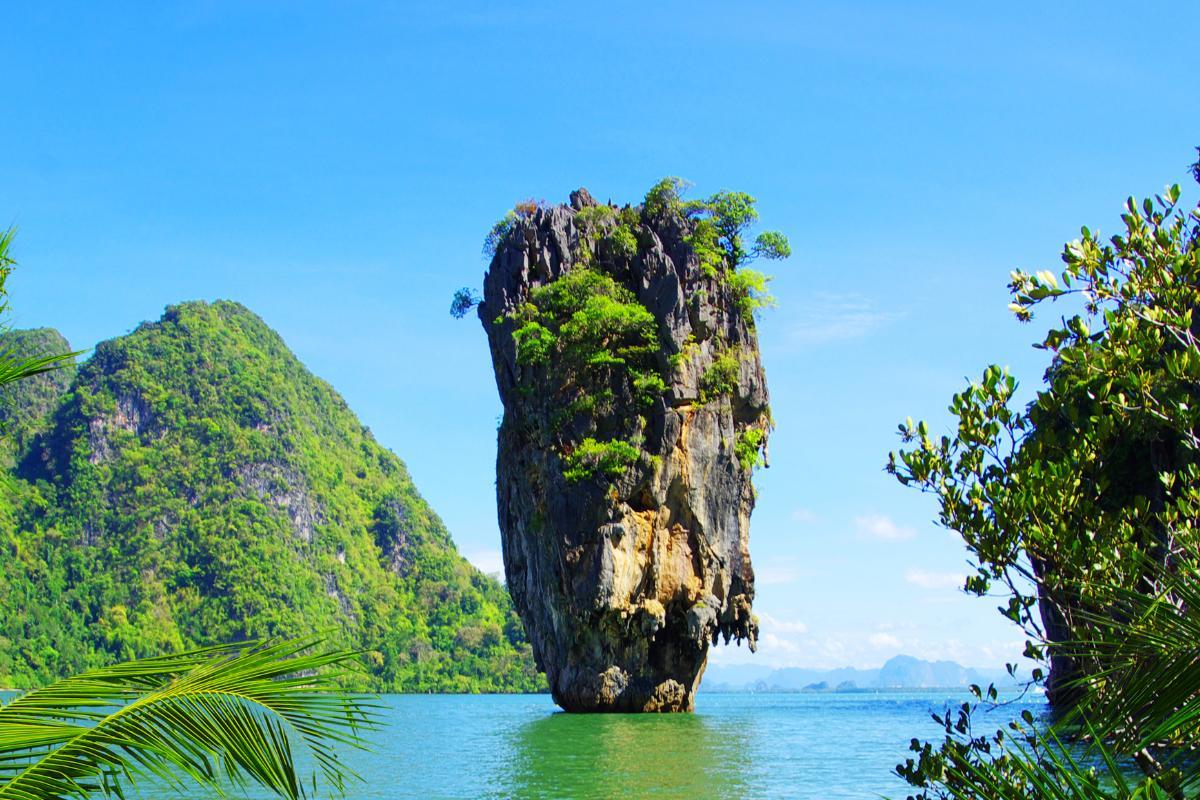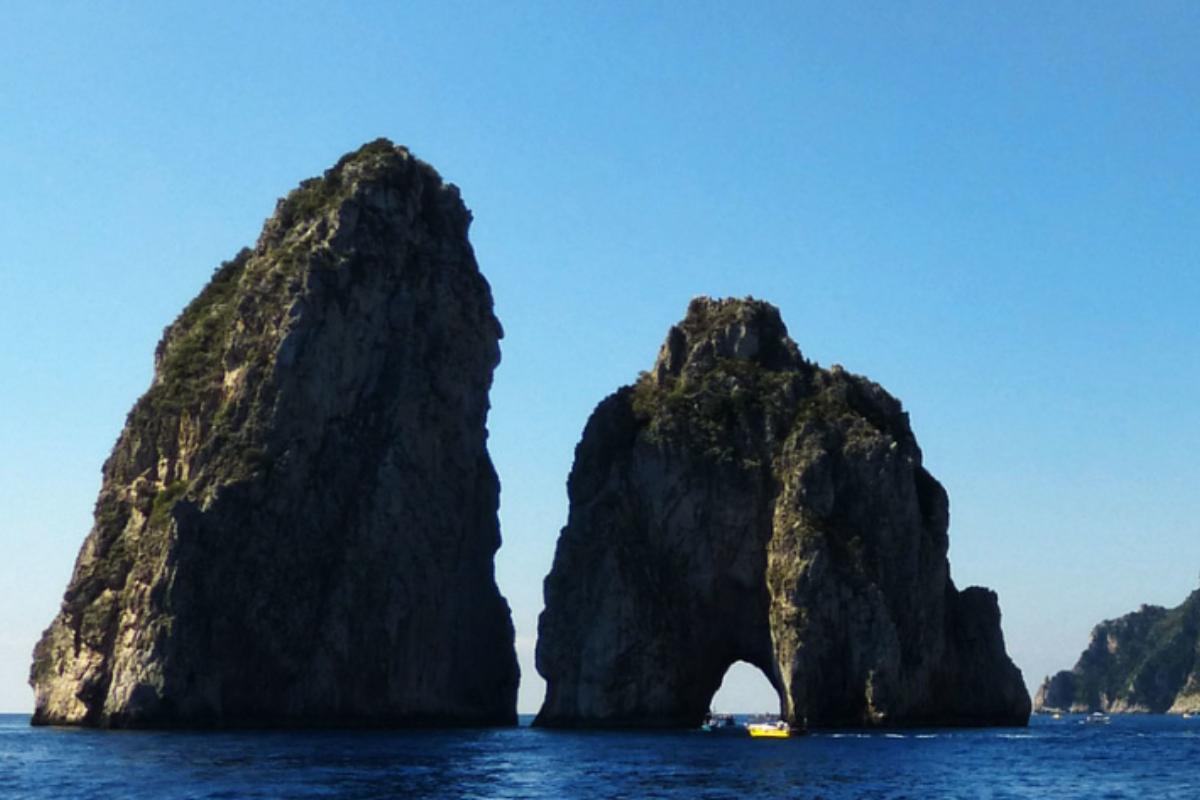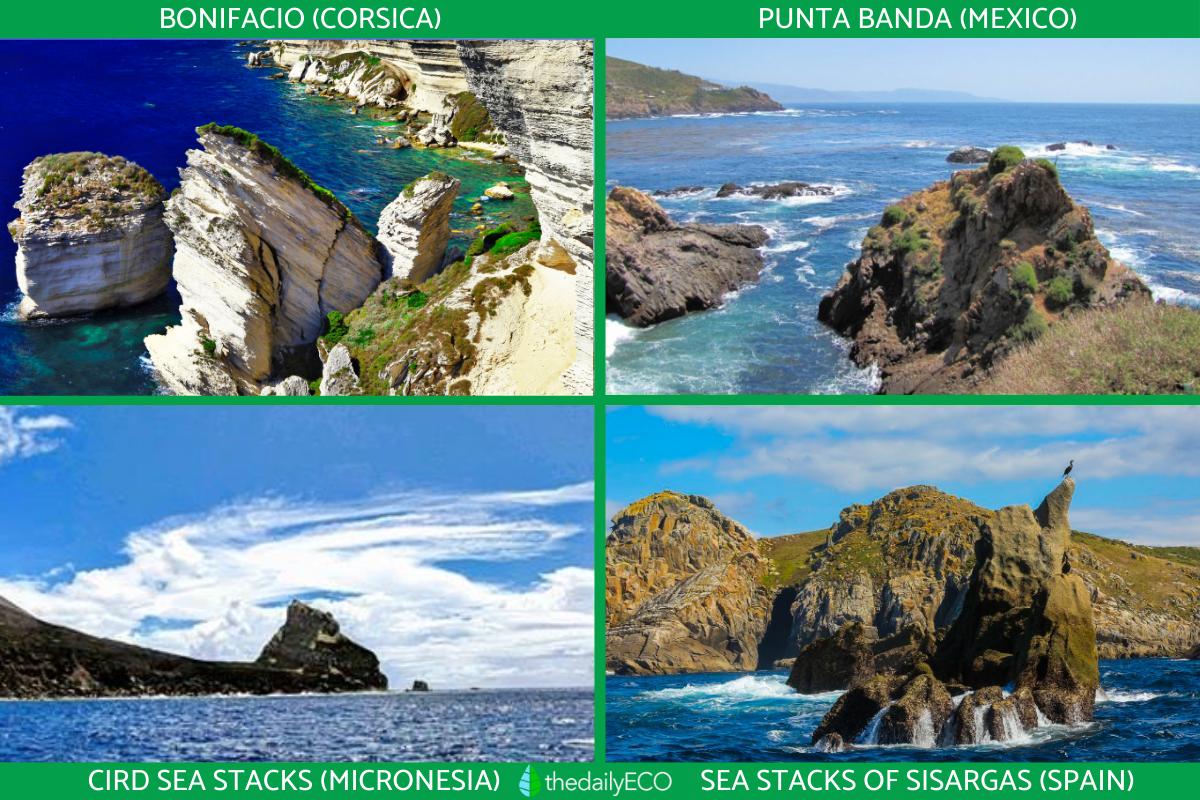What Is a Stack in the Sea?


Stacks are prominent rock formations present in various geographical environments, providing prominent elements in the configuration of the natural landscape. While there are geological stacks present inland, we may me more familiar with sea stacks than land stacks since they are more revered for their picturesque nature. Sea stacks are structures characterized by their steep height and found in coastal regions. They are formed through prolonged geological processes which involve water erosion, wind erosion, glacial erosion and tectonic movements. Their presence not only offers a fascinating insight into the Earth's geological history, but also provides vital habitats for a diversity of animal and plant species.
In this thedailyECO article, what is a stack in the sea? In doing so, we look in depth at sea stack formation, as well as famous examples around the world.
What are sea stacks?
Sea stacks are prominent rock formations found in various geographic environments, especially coastal and mountainous areas. These structures are characterized by being tall, steep and generally composed of rocks resistant to erosion, such as granite, basalt or limestone.
The formation of stacks in the sea may be associated with different geological processes. These include erosion caused by the action of wind, water and glacial ice, as well as tectonic movements that raise rock layers. In addition, factors such as soil composition and the presence of geological faults can influence the configuration and size of sea stacks.
Stacks can take various shapes, from vertical walls to sharp peaks or stepped structures. These characteristics make them prominent elements in the landscape, attracting the attention of scientists, outdoor enthusiasts and tourists alike. They are only present in coastal regions since the land further out to sea is too deep. In these cases, submerged sea stacks may be visible in the ocean depths.
In many cases, sea stacks are important habitats for wildlife, hosting plant and animal species adapted to the extreme conditions offered by these rocky environments. Additionally, some cultures have attributed symbolic or spiritual meanings to these impressive natural monuments, considering them sacred places or sites of historical importance.
Learn more background about the formation of sea stacks with our article explaining what is coastal erosion?

How are sea stacks formed?
Stacks in geography form over long periods of time due to a combination of geological processes. One of the main factors in their formation is erosion which can be caused by a variety of natural agents, such as wind, water and ice. We look at both how sea stacks are formed, as well as inland stacks:
- Sea stacks: in coastal regions constant wave action can gradually wear away layers of softer rock, exposing harder, more resistant rock formations, which eventually become coastal cliffs.
- Inland stacks: in mountainous regions , glacial erosion can carve deep valleys and leave behind steep peaks and cliffs, creating impressive mountain cliffs.
In addition to erosion, tectonic movements play an important role in the formation of cliffs. Geological forces can cause blocks of rock to be uplifted, creating cliffs and escarpments. Earthquakes and volcanic activity can also contribute to the creation of dramatic rock structures, especially in areas where tectonic plates meet.
The composition of the rocks also influences the formation of the sea stacks. Stronger rocks such as granite and basalt tend to form sheer cliffs and walls. Softer rocks such as clay and sandstone tend to erode more easily, resulting in softer, less rugged landforms which are not as steep.
Learn more about how coastal landforms develop with our article explaining the difference between a gulf and a bay.

Examples of sea stacks around the world
Stacks are known by a variety of names depending on their geographic location and specific characteristics.
The Stacks of Punta Banda, Baja California, Mexico
These impressive rock formations are located on the west coast of Baja California and are known for their steep cliffs and waters teeming with marine life. The Punta Banda Farallones are a popular destination for seabird watching and diving.
The Sea Stacks of Galicia, Spain
Located on the Atlantic coast of Spain, the Farallones de Galicia are a group of islands and rock formations that extend along the coast of Galicia. These volcanic islands are marked by steep cliffs and sea caves. They are important refuges for seabirds and other animal species.
The Sea Stacks of Citará, Colombia
Located in the Pacific Ocean off the western coast of Colombia, the Farallones del Citará are a series of rocky islands that emerge from the sea. These volcanic formations are known for their marine biodiversity, including coral reefs and tropical fish species.
The Sea Stacks of Mendocino, California, United States
Located along the northern California coast, the Mendocino sea stacks are a series of cliffs and rock formations that rise dramatically from the Pacific Ocean. These impressive structures are havens for seabirds, seals and sea lions. They are a popular destination for ecotourism and wildlife viewing. Learn about the importance of solidarity tourism in our related guide.
The Bird Sea Stacks, Micronesia
Located in the western Pacific Ocean, these stacks are a group of volcanic islands known for hosting one of the largest colonies of seabirds in the world. These islands are made up of steep cliffs and provide vital habitat for birds such as albatrosses and shearwaters.
The Sea Stacks of Bonifacio, Corsica, France
Located in the Strait of Bonifacio, between Corsica and Sardinia, the Bonifacio stacks are a series of impressive limestone cliffs rising from the Mediterranean Sea. These rock formations are known for their sea caves and rich marine life. They are a popular destination for diving enthusiasts.
The Sea Stacks of Sisargas, Galicia, Spain
Another set of stacks from Spain. They are a group of rocky islands found in the Atlantic Ocean. These islands are known for their steep cliffs and marine biodiversity, including species of seabirds, marine mammals and fish.
The Sea Stacks of Cali, Colombia
Located in the Western Andes Mountains, the Cali Farallones are a rugged mountain range that extends across southwestern Colombia. These rock formations are the habitat of a rich variety of flora and fauna, including endemic and endangered species. They are a popular destination for hiking and bird watching.
Learn about another land formation caused by similar geological processes with our article which asks how are fjords formed?

If you want to read similar articles to What Is a Stack in the Sea?, we recommend you visit our Ecosystems category.

